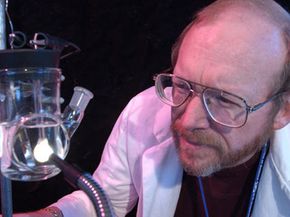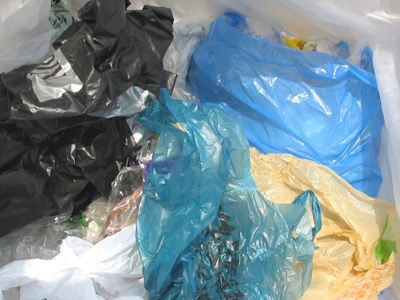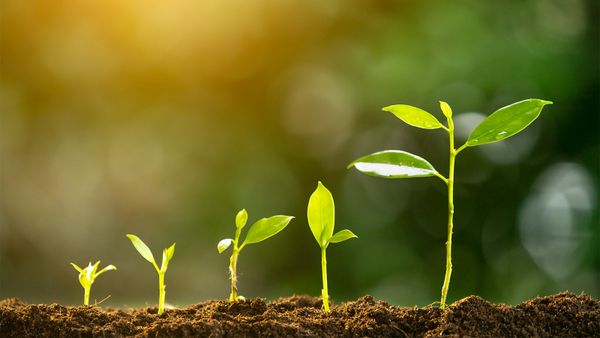
If the smartest energy source is one that's abundant, cheap and clean, then plants are a lot smarter than humans. Over billions of years, they developed perhaps the most efficient power supply in the world: photosynthesis. How does photosynthesis work? It is the conversion of sunlight, carbon dioxide and water into usable fuel, emitting useful oxygen in the process.
Using nothing but sunlight as the energy input, plants perform massive energy conversions, turning 1,102 billion tons (1,000 billion metric tons) of CO2 into organic matter, i.e., energy for animals in the form of food, every year [source: Hunter]. And that's only using 3 percent of the sunlight that reaches Earth [source: Boyd].
Advertisement
In the case of plants (as well as algae and some bacteria), "usable fuel" is carbohydrates, proteins and fats. Humans, on the other hand, are looking for liquid fuel to power cars and electricity to run refrigerators. But that doesn't mean we can't look to photosynthesis to solve our dirty, expensive, dwindling energy woes. For years, scientists have been trying to come up with a way to use the same energy system that plants do but with an altered end output.
In this article, we'll look at artificial photosynthesis and see how far it's come. We'll find out what the system has to be able to do, check out some current methods of achieving artificial photosynthesis and see why it's not as easy to design as some other energy-conversion systems.
Advertisement



